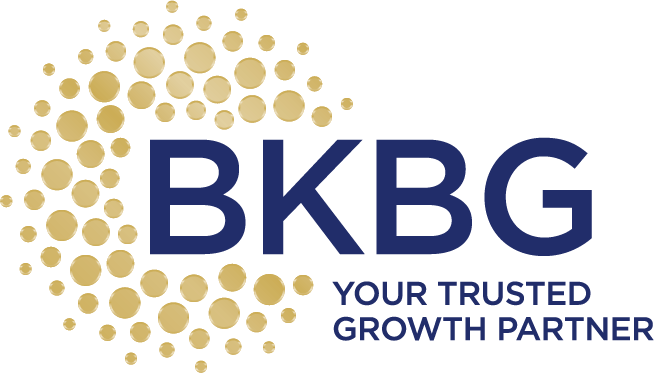Three Strategies that Shout Competitive Differentiation

This is an incredibly exciting time for brick and mortar kitchen and bath showrooms. Why? Because the Internet has created an overwhelming, mind-numbing information overload that has resulted in a cacophony of claptrap and consumer confusion. Alexander Pope said it best, “A little bit of knowledge is a dangerous thing.” Sure, customers can go on line and find almost anything they may desire within a few clicks of a mouse, but will they find the unique, the different, or the perfect solution? Most likely not. Sara Hines (Kitchen and Bath World) claims that if customers wanted to pick their own products, they would go to a home center.
Mindless overconsumption because you can buy anything and everything has created a new trend among the customer base wanting to renovate their home. Savvy kitchen and bath showrooms can capitalize on this trend by understanding that most of their customer base can buy whatever they want and most likely have more than they need. Fashion retailer Cuyana that operates online boutiques and brick and mortar stores in four locations in California, and one each in New York and Boston understands this trend and is capitalizing on it with this powerful message:
WE BELIEVE IN STYLE OVER TRENDS, IN QUALITY OVER QUANITY, IN LOVING YOUR CLOSET. WE BELIEVE THAT FEWER BETTER THINGS LEAD TO A FULLER BETTER LIFE.
BINGO! That’s a great lesson for kitchen and bath showrooms. When you are competing against a BMW, a Caribbean cruise, a Tiffany purchase or the ability to create a dream kitchen in your home, which will lead to a fuller, better life? Craft your messages and showroom experience around the theme of how you can create better life experiences for your customers.
Trend two is an unquenchable thirst for more meaningful experiences that can't be replicated elsewhere. The hospitality industry is trying to capture business traveler’s hearts and wallets by providing differentiators that make their customers feel good about staying at their properties. Showrooms can provide their customers with more meaningful experiences that are unique by designing space and specifying products that make their customer feel great about their kitchens and baths and the products that they put in them.
Trend three is the use of fame as a cultural tool. George Clooney agreed to be Nespresso’s pitch person if the company started to sell coffee from South Sudan and revive an industry that all but disappeared during decades of civil war.
What can showrooms do to use fame culture as a tool? Plan a campaign around world toilet day by donating a percentage of every water closet sale to the effort to bring sanitation to parts of the world where there is no running water or access to bathrooms. You could partner with Rebuilding Together, or another similar charity that helps the less fortunate. It’s about making a difference and giving back to your community that resonates with consumers. When Facebook CEO Mark Zuckerberg and other billionaires announce that they will donate almost their entire fortune to charity, the gesture is front-page news.
Themes of owning fewer and better quality products, making a difference in the community and delivering compelling, unique experiences are in a showroom’s wheelhouse.
